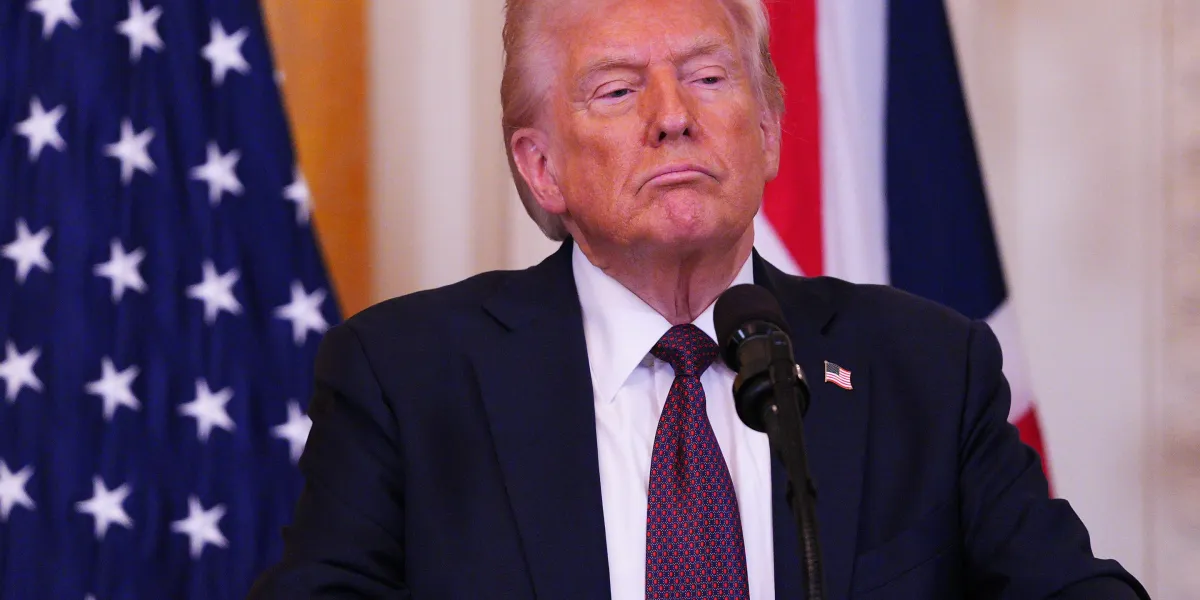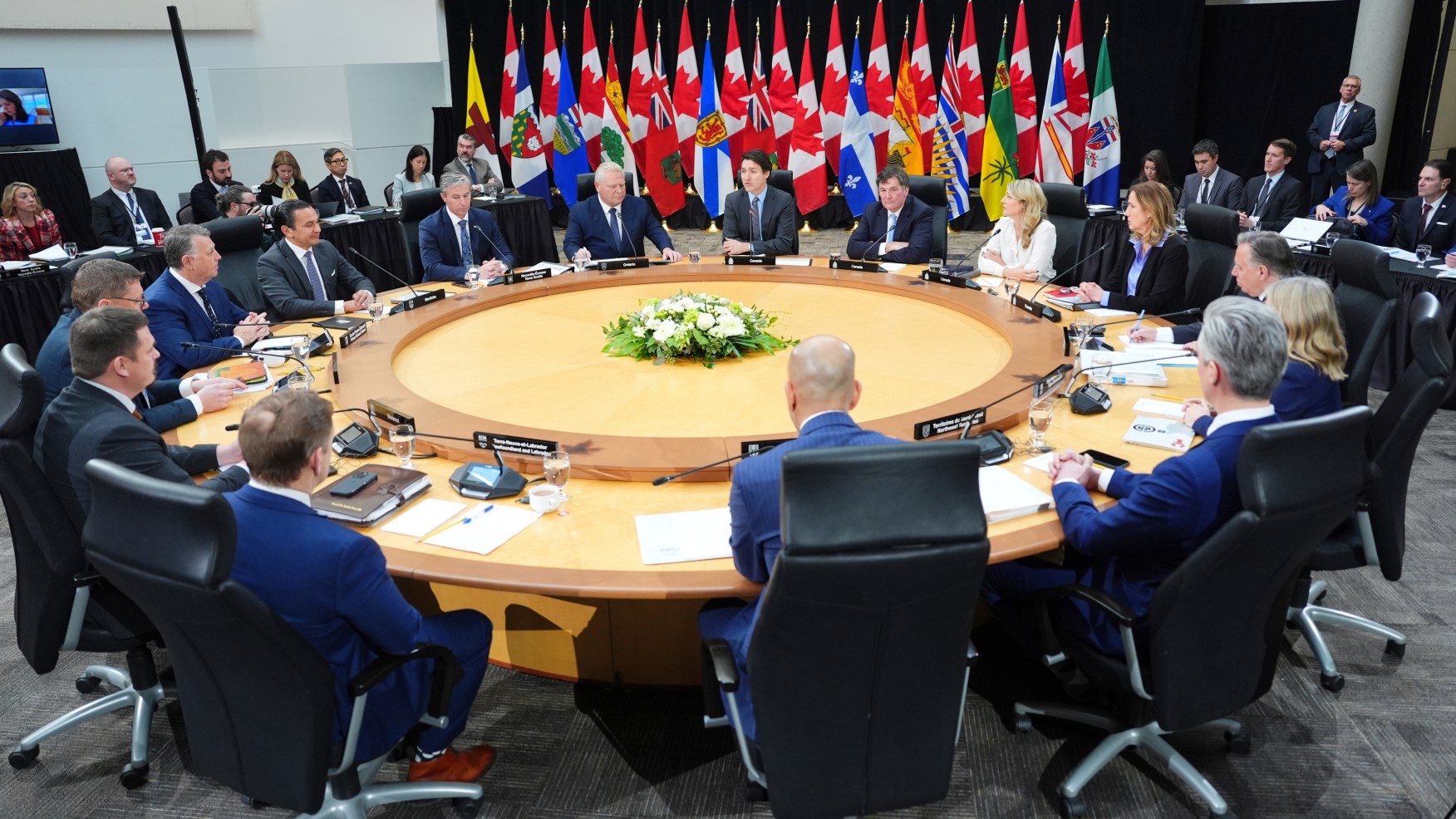Tariff Shock: Bond Market Tremors And Their Impact

Table of Contents
Understanding the Mechanism: How Tariffs Trigger Bond Market Reactions
Tariffs, essentially taxes on imported goods, directly influence inflation and consequently, bond yields. The fundamental relationship lies in the impact on production costs and investor sentiment.
- Increased tariffs lead to higher production costs: Businesses face increased expenses when importing raw materials or finished goods, leading to higher prices for consumers.
- Higher production costs translate into higher inflation: This rise in prices reduces the purchasing power of consumers and fuels inflationary pressures.
- Higher inflation erodes the purchasing power of fixed-income assets like bonds: The fixed interest payments on bonds become less valuable as inflation rises, impacting their real return.
- Central banks may respond by increasing interest rates to combat inflation, further impacting bond prices: Higher interest rates make existing bonds less attractive, driving down their prices.
Beyond these direct effects, investor sentiment plays a crucial role. During periods of tariff uncertainty, investors often exhibit risk aversion, leading to a "flight-to-safety" effect. This means capital flows into perceived safer assets like government bonds, driving down their yields while impacting other bond markets. This increased demand for safe havens can temporarily distort market valuations.
Specific Impacts on Different Bond Types
Tariff shocks don't affect all bonds equally. The impact varies depending on the type of bond and its sensitivity to economic conditions.
-
Government bonds: These are generally considered safe haven assets. During tariff uncertainty, investors flock to them, driving down yields. However, prolonged inflation could eventually erode their real value, even these usually low-risk assets. The impact on yields depends on the perceived stability of the issuing government amidst the global trade disruption.
-
Corporate bonds: The impact on corporate bonds is more nuanced. Companies heavily reliant on imports or exports are particularly vulnerable. Increased tariffs raise their production costs, potentially impacting profitability and creditworthiness. This can lead to wider credit spreads – the difference between the yield on a corporate bond and a similar-maturity government bond – reflecting increased default risk. Industries like manufacturing and retail are especially susceptible to tariff-related shocks.
-
Municipal bonds: These bonds, issued by state and local governments, are also susceptible to tariff-related economic downturns. Reduced tax revenues due to economic slowdown can strain municipal budgets, potentially increasing borrowing costs and impacting the creditworthiness of these bonds.
Global Implications of Tariff-Induced Bond Market Volatility
The effects of tariff shocks extend far beyond national borders. The global nature of capital markets means that bond market volatility in one country can easily trigger ripple effects elsewhere.
-
Impact on currency exchange rates: Tariffs can influence currency valuations. For example, a country imposing tariffs might see its currency depreciate as trade balances shift.
-
Cross-border investment flows and their volatility: Uncertainty surrounding tariffs can deter cross-border investments, impacting global capital flows and increasing market volatility.
-
Potential for contagion effects in other global markets: A sharp decline in one bond market can trigger a domino effect, impacting other markets due to interconnectedness and investor sentiment.
-
The role of international cooperation in mitigating the impact: International cooperation and coordinated policy responses can help alleviate the negative impact of tariff shocks on global markets.
Case Studies: Analyzing Past Tariff Events and Their Bond Market Consequences
Historical examples, such as the Smoot-Hawley Tariff Act of 1930 and various trade disputes in the past decades, demonstrate the significant negative impact of tariff increases on global markets. These events underscore the volatility that tariff disputes can bring, often resulting in decreased investor confidence and significant market fluctuations in bond yields. Analyzing the specifics of these events provides valuable insights into the potential consequences of future tariff shocks.
Mitigating the Risk: Strategies for Investors During Tariff Shocks
Navigating the turbulent waters of tariff shocks requires careful risk management. Investors can employ several strategies to mitigate their exposure:
-
Diversification strategies across different asset classes: Diversifying investments across various asset classes, such as stocks, real estate, and commodities, can help reduce overall portfolio volatility.
-
Hedging techniques to mitigate inflation risk: Inflation-linked bonds or other hedging instruments can help protect against the erosion of purchasing power caused by inflation.
-
Importance of a long-term investment horizon: A long-term investment approach can help weather short-term market fluctuations caused by tariff shocks.
-
Seeking professional financial advice: Consulting with a financial advisor can provide personalized guidance on navigating the complexities of tariff shocks and developing an appropriate investment strategy.
Conclusion:
Tariff shocks pose significant challenges to the bond market, operating through complex mechanisms that involve inflation expectations, investor sentiment, and central bank reactions. Different bond types experience varying levels of impact, and the consequences can reverberate globally. Understanding the interconnectedness between trade policy, inflation, and fixed-income investments is crucial for investors. To effectively manage your investment portfolio during periods of "Tariff Shock," stay informed about trade policy developments and consider implementing the risk mitigation strategies discussed. Further research into specific risk management techniques related to Tariff Shock and its effects on your individual portfolio is highly recommended.

Featured Posts
-
 Lowry Pushes For Victory At Valspar Championship
May 12, 2025
Lowry Pushes For Victory At Valspar Championship
May 12, 2025 -
 Fake Marvel Cyclops Trailer Starring Henry Cavill Viral Sensation
May 12, 2025
Fake Marvel Cyclops Trailer Starring Henry Cavill Viral Sensation
May 12, 2025 -
 Toyotas Heavy Burden Trump Tariffs Deliver Biggest Blow To Automaker
May 12, 2025
Toyotas Heavy Burden Trump Tariffs Deliver Biggest Blow To Automaker
May 12, 2025 -
 Win Tickets For Tales From The Track Presented By Relay
May 12, 2025
Win Tickets For Tales From The Track Presented By Relay
May 12, 2025 -
 Stallones Unmade Sequel A Crime Thriller That Could Have Been Terrible
May 12, 2025
Stallones Unmade Sequel A Crime Thriller That Could Have Been Terrible
May 12, 2025
